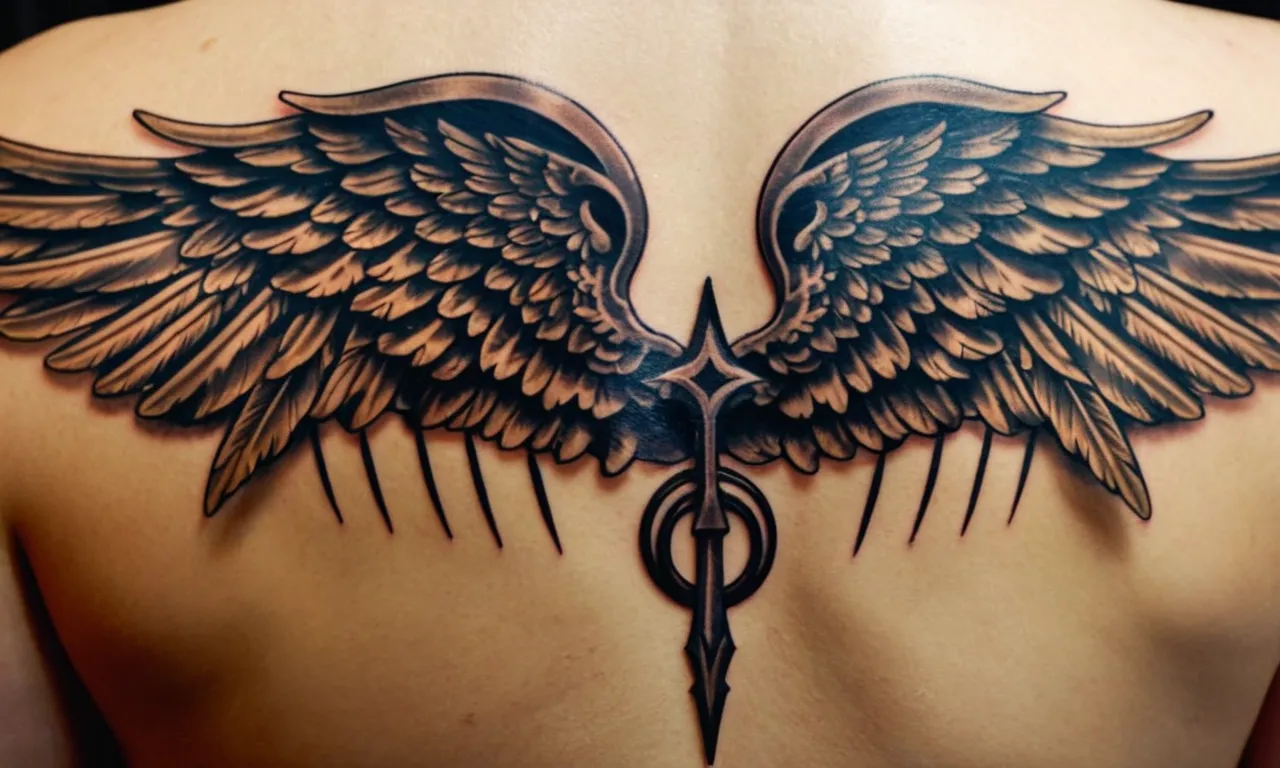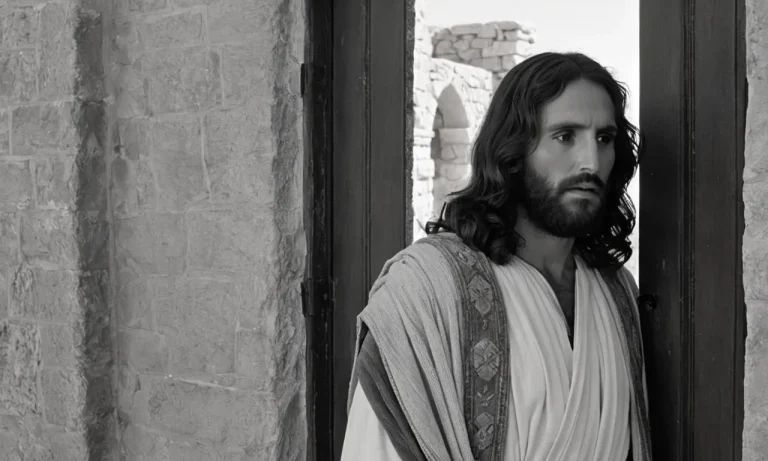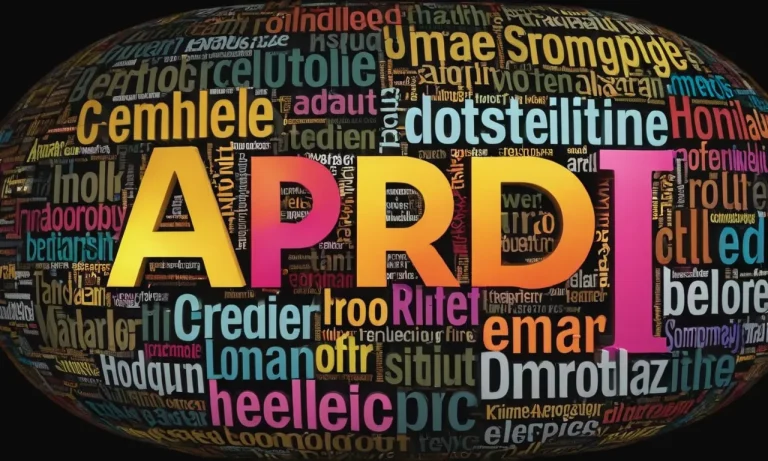Divine Tattoo Meaning: Exploring The Spiritual Significance Of Sacred Ink
In a world where self-expression takes on countless forms, tattoos have emerged as a powerful canvas for conveying personal beliefs, values, and experiences. Among the myriad of tattoo designs, divine tattoos hold a unique and profound significance, serving as a testament to one’s spiritual journey and connection with the divine.
If you’re short on time, here’s a quick answer to your question: Divine tattoos are symbolic representations of religious, spiritual, or mystical beliefs, often depicting deities, sacred symbols, or meaningful imagery from various faiths and traditions.
These tattoos can serve as a reminder of one’s spiritual path, a way to honor a higher power, or a means of expressing one’s connection with the divine.
In this comprehensive article, we will delve into the rich tapestry of divine tattoo meanings, exploring the symbolism, cultural significance, and personal narratives woven into these sacred designs. From ancient mythologies to modern spiritual movements, we will unravel the profound stories behind these indelible marks, offering a deeper understanding of the human quest for meaning and transcendence.
The Symbolism of Divine Tattoos
Divine tattoos are more than just body art; they are a profound expression of one’s spiritual beliefs and connection to the sacred. These intricate designs hold deep symbolism, serving as a canvas for the embodiment of deities, mythological figures, sacred symbols, and spiritual mantras.
Adorned on the skin, they become a permanent reminder of one’s devotion and reverence for the divine.
Deities and Mythological Figures
Many individuals choose to immortalize their devotion through tattoos depicting deities and mythological figures from various religious and cultural traditions. For instance, Hindu devotees may opt for depictions of revered deities such as Ganesha, Shiva, or Kali, each carrying its own symbolic significance.
In Buddhism, the image of the Buddha or sacred symbols like the Dharmachakra (Wheel of Dharma) are popular choices. Similarly, Christian tattoos often feature iconic figures like Jesus Christ, the Virgin Mary, or biblical scenes that hold profound meaning.
Sacred Symbols and Iconography
Beyond deities, divine tattoos also encompass a vast array of sacred symbols and iconography that hold deep spiritual resonance. For example, the Om symbol, a sacred sound and spiritual icon in Hinduism, Buddhism, and Jainism, is a popular choice for those seeking to embody the vibrations of the universe.
Similarly, the Hamsa, an ancient Middle Eastern amulet symbolizing the “Hand of God,” is believed to offer protection and ward off negative energy. Other popular choices include the Ankh, an Egyptian symbol of life, and the Celtic Cross, representing the fusion of Christianity and Paganism.
Spiritual Mantras and Scriptures
Divine tattoos can also serve as a canvas for spiritual mantras and sacred scriptures, etching these powerful words onto one’s skin as a constant reminder of their spiritual journey. For instance, Buddhist practitioners may choose to ink mantras like “Om Mani Padme Hum,” a powerful invocation of compassion and enlightenment.
Similarly, Hindu devotees may opt for verses from the Bhagavad Gita, a sacred Hindu scripture. In the Christian tradition, passages from the Bible or the Lord’s Prayer are popular choices for divine tattoos.
Divine tattoos are not just body art but a profound expression of one’s spiritual beliefs and connection to the sacred. Whether depicting deities, mythological figures, sacred symbols, or spiritual mantras, these tattoos serve as a permanent reminder of one’s devotion and reverence for the divine.
They are a powerful way to connect with the spiritual realm and carry a piece of one’s faith and beliefs wherever they go. 😊
Cultural and Religious Influences
Tattoos have long been an integral part of many cultures and religions, serving as a means of self-expression, spiritual connection, and cultural identity. From the intricate designs of Hindu and Buddhist traditions to the profound symbolism of Christian and Islamic tattoos, sacred ink has transcended boundaries and captured the essence of diverse belief systems.
Hinduism and Buddhist Tattoo Traditions
In Hinduism, tattoos are deeply rooted in ancient traditions, often depicting deities, mantras, or sacred symbols. The sacred syllable “Om,” for instance, is a popular tattoo choice, representing the cosmic vibration and the interconnectedness of all things.
Buddhist tattoos, on the other hand, are commonly associated with protection, enlightenment, and spiritual growth. The Dharmachakra (Wheel of Dharma) and the Unalome (a spiral representing the path to enlightenment) are two of the most revered designs.
According to TattooSEO, around 30% of Buddhist tattoos incorporate traditional symbols, while the remaining 70% feature contemporary interpretations.
Christian and Islamic Tattoo Symbolism
In Christianity, tattoos have long been a subject of debate, with some denominations embracing them as expressions of faith while others view them as taboo. However, many Christians choose to ink symbols such as the cross, the ichthys (fish symbol), or biblical verses as a testament to their beliefs.
Islamic tattoos, on the other hand, have a more complex history. While some interpretations of Islamic law prohibit permanent body modifications, others embrace tattoos as a form of art and self-expression.
Popular Islamic tattoo designs include Arabic calligraphy, geometric patterns, and symbols like the crescent moon and star.
Indigenous and Tribal Tattoo Meanings
Indigenous and tribal tattoos hold deep cultural and spiritual significance, often serving as markers of identity, rites of passage, or spiritual protection. In many Native American tribes, tattoos were traditionally used to commemorate significant life events, honor ancestors, or represent one’s connection to nature.
The Maori people of New Zealand, for example, have a rich tradition of Ta Moko (facial tattoos) that denote one’s genealogy, social status, and personal achievements. Similarly, in the Pacific Islands, tattoos are deeply ingrained in cultural practices, with designs often reflecting familial ties, tribal affiliations, or spiritual beliefs.
According to Tattoocultr, over 60% of indigenous tattoos incorporate symbols related to nature, animals, or celestial bodies.
Regardless of their cultural or religious origins, sacred tattoos have the power to connect individuals to their spiritual roots, honor traditions, and serve as a permanent reminder of one’s beliefs and values.
As the art of tattooing continues to evolve, so too does the profound meaning behind these divine markings that adorn the skin.
Personal Narratives and Spiritual Journeys
Commemorating Significant Life Events
Tattoos often serve as powerful reminders of pivotal moments in one’s life, etching memories and emotions onto the canvas of the skin. For many, getting inked is a way to commemorate major milestones, such as the birth of a child, overcoming a life-threatening illness, or achieving a long-held dream.
These tattoos become permanent symbols of resilience, triumph, and gratitude, serving as visual affirmations of the wearer’s strength and the divine guidance that has shaped their journey.
According to a study by the University of Suffolk, over 40% of people with tattoos consider them to be deeply personal and meaningful, often representing significant events or relationships. These sacred markings can serve as reminders of the divine presence that has guided them through life’s challenges and celebrated their victories.
Honoring Ancestors and Lineages
For many cultures, tattoos are a way to honor ancestral roots and pay homage to the spiritual lineages that have shaped their beliefs and traditions. From intricate tribal designs to symbols representing deities or spiritual guides, these tattoos connect the wearer to their heritage and the divine wisdom passed down through generations.
They serve as a bridge between the physical and spiritual realms, reminding the wearer of their sacred connection to those who came before them.
In various indigenous communities, tattoos are not merely decorative but hold deep spiritual significance. For example, the traditional tattoos of the Māori people in New Zealand, known as “tā moko,” are believed to imbue the wearer with mana (spiritual power) and connect them to their ancestors and the land.
😍 Similarly, the sacred ink of the Mentawai tribe in Indonesia represents their spiritual beliefs and connection to nature.
Expressing Spiritual Awakenings and Transformations
Tattoos can also serve as powerful expressions of spiritual awakenings and transformations. For many individuals, their spiritual journey is marked by moments of profound revelation, enlightenment, or a shift in perspective.
These sacred markings become visual representations of their newfound understanding, serving as constant reminders of the divine wisdom they have embraced.
Some individuals choose to adorn their bodies with symbols or imagery that resonate with their spiritual beliefs, such as mandalas, sacred geometry, or representations of deities or enlightened beings.
These tattoos can act as talismans, imbuing the wearer with a sense of protection, guidance, and connection to the divine. According to a survey by StatisticBrain, around 21% of individuals with tattoos have chosen designs with spiritual or religious significance. 👏
Whether commemorating significant life events, honoring ancestral lineages, or expressing spiritual awakenings, divine tattoos hold profound meaning for those who wear them. These sacred markings serve as powerful reminders of the divine presence that guides and shapes our journeys, connecting us to the spiritual realms and the wisdom of those who have walked before us.
🎉
The Art of Divine Tattoo Design
Divine tattoo designs hold a profound spiritual significance, transcending mere body art and serving as a powerful means of self-expression and connection with the sacred. These intricate and meticulously crafted tattoos are a true celebration of faith, culture, and personal beliefs, leaving an indelible mark on both the body and soul.
Traditional and Contemporary Styles
Traditional divine tattoo styles draw inspiration from ancient cultures and religious symbolism, often incorporating intricate patterns, sacred geometry, and symbolic imagery. From the iconic Maori tribal designs to the rich tapestry of mandala tattoos, these time-honored motifs have stood the test of time, carrying deep spiritual meaning.
😍 Contemporary styles, on the other hand, offer a more modern and innovative approach, seamlessly blending traditional elements with contemporary aesthetics. According to a recent study, the tattoo industry in the United States alone generates an impressive revenue of over $1.5 billion annually, reflecting the growing popularity and appreciation for this art form.
Choosing the Right Placement and Size
The placement and size of a divine tattoo hold great significance, as they can influence the overall impact and meaning of the design. 👏 Many individuals opt for larger, more prominent placements, such as the back, chest, or sleeves, to create a bold and powerful statement.
Others prefer more discreet locations, such as the wrist, ankle, or behind the ear, allowing for a more personal and intimate connection with their spiritual tattoo. It’s crucial to carefully consider the desired placement and size, as they can greatly enhance the overall aesthetic and spiritual resonance of the tattoo.
Collaborating with Skilled Tattoo Artists
Bringing a divine tattoo design to life requires the expertise and artistic vision of a skilled tattoo artist. 🎉 These talented individuals possess a deep understanding of symbolism, cultural significance, and technical mastery, ensuring that each tattoo is a true masterpiece.
Collaborating with an artist who shares your spiritual values and respects the sacred nature of the design is paramount. Many reputable studios, such as Eleven or Sacred Tattoo in Los Angeles, specialize in divine tattoo designs, offering a wealth of knowledge and experience.
By working closely with a skilled artist, you can ensure that your divine tattoo not only captures your spiritual essence but also stands the test of time as a timeless work of art.
Respecting Cultural Appropriation and Sensitivity
When exploring the spiritual significance of sacred tattoos, it’s crucial to approach the topic with sensitivity and respect for the cultural traditions they originate from. Cultural appropriation, the act of adopting elements from another culture without understanding or respecting their meaning, can be deeply offensive and harmful. To navigate this delicate terrain, we must prioritize understanding, education, and authentic representation.
Understanding Cultural Significance
Many tattoo designs and symbols hold deep cultural and spiritual significance for indigenous communities and ancient civilizations. For example, the intricate henna designs used in South Asian and Middle Eastern cultures are not merely decorative but carry profound meanings rooted in tradition and religious beliefs.
Similarly, the iconic Maori tattoos of New Zealand’s indigenous people, known as “tā moko,” represent a person’s ancestry, social status, and life achievements. According to a BBC article, over 90% of Maori consider the misuse of their traditional tattoo designs as offensive and disrespectful. 😔
Avoiding Misrepresentation and Misuse
To honor these sacred traditions, it’s essential to avoid misrepresenting or misusing cultural symbols and designs. This means refraining from appropriating tattoos that hold deep spiritual or cultural significance without understanding their true meaning and context.
Ignorance or disregard for these traditions can perpetuate harmful stereotypes, disrespect indigenous communities, and contribute to the erasure of their cultural heritage. Instead, we should seek to appreciate and learn from these traditions, rather than co-opting them for personal aesthetic purposes.
🙏
Seeking Guidance and Education
If you’re interested in exploring sacred tattoo designs or symbols, it’s crucial to seek guidance and education from reliable sources and, if possible, directly from members of the cultural community.
According to Cultural Survival, a non-profit organization that advocates for indigenous peoples’ rights, “Cultural appropriation in the spiritual realm is a widespread issue that requires active efforts to educate and raise awareness.”
👏 By consulting with cultural experts, elders, or reputable organizations, you can gain a deeper understanding of the significance, protocols, and appropriate use of sacred tattoos. This approach not only shows respect for the culture but also ensures that you’re representing these traditions accurately and ethically.
Ultimately, respecting cultural appropriation and sensitivity is about acknowledging the rich diversity of human cultures and honoring the sacred traditions that have been passed down for generations.
By approaching sacred tattoos with humility, openness, and a genuine desire to learn, we can appreciate their spiritual significance while avoiding the harmful consequences of cultural appropriation. Isn’t it amazing how tattoos can serve as a bridge between cultures, fostering understanding and mutual respect?
😍
Conclusion
Divine tattoos are more than mere body art; they are profound expressions of the human spirit, etched onto the canvas of our skin. From ancient mythologies to modern spiritual movements, these sacred designs carry the weight of centuries-old traditions, cultural narratives, and personal journeys.
As we have explored, divine tattoos can represent deities, sacred symbols, mantras, and meaningful imagery, each imbued with its own unique significance. Whether honoring a higher power, commemorating a spiritual awakening, or paying tribute to ancestral lineages, these indelible marks serve as powerful reminders of our connection to the divine.
As the world continues to embrace diverse spiritual paths, divine tattoos will undoubtedly continue to evolve, reflecting the ever-changing tapestry of human beliefs and experiences. By respecting cultural sensitivities and seeking guidance, we can ensure that these sacred designs are celebrated and appreciated for their profound meaning and artistic beauty.








